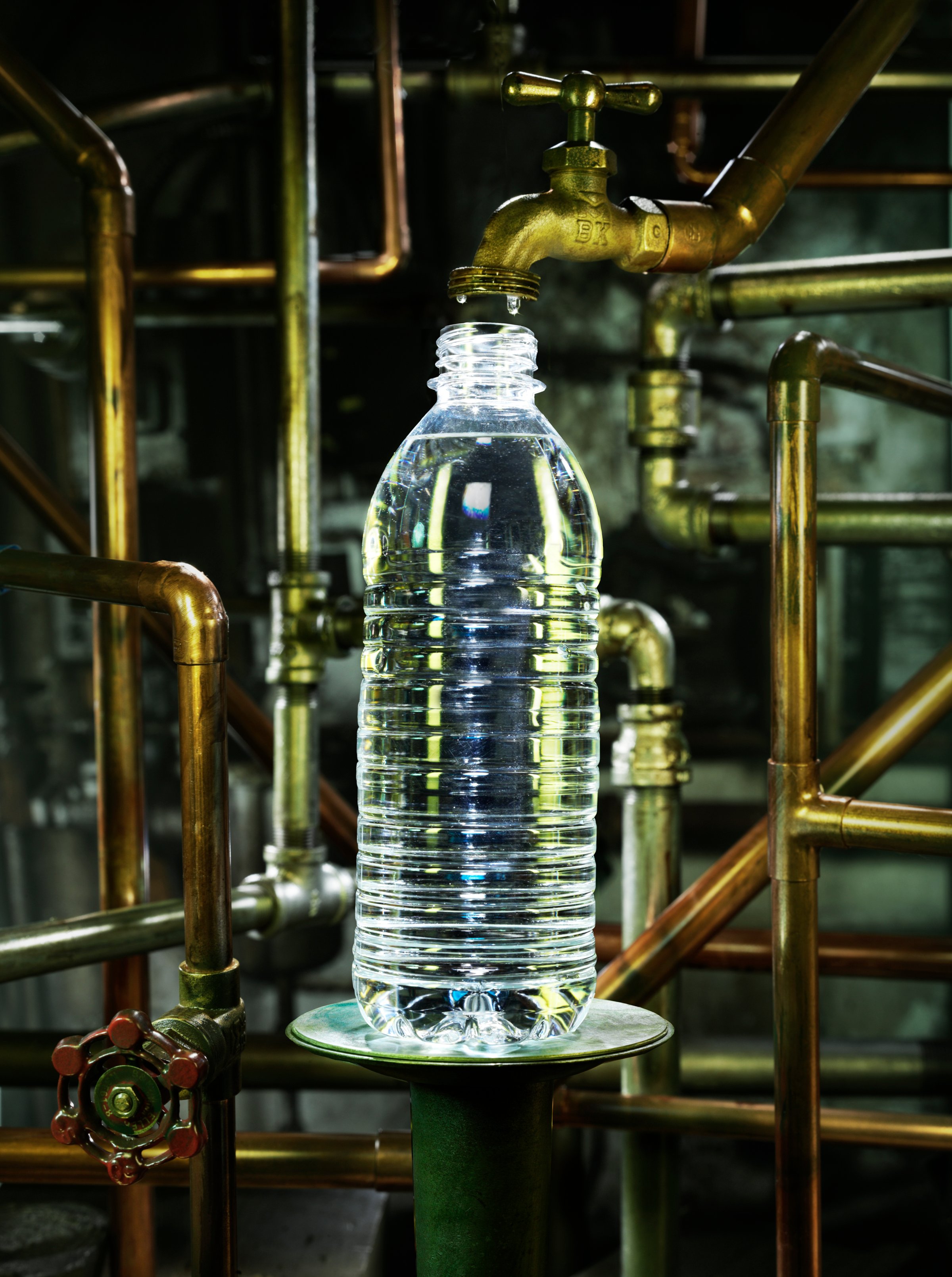
Next time you reach for a bottle of water on store shelves, take a look at the ingredient list. You’re likely to find that it includes more than just water.
Popular bottled water brand Dasani, for example, lists magnesium sulfate, potassium chloride, and salt alongside purified water on its Nutrition Facts label. SmartWater contains calcium chloride, magnesium chloride, and potassium bicarbonate. Nestle Pure Life’s list includes calcium chloride, sodium bicarbonate, and magnesium sulfate. And these are just a few brands. Bottled water companies are purifying water, but then they’re adding extra ingredients back.
None of this should be cause for health concerns, says Marion Nestle, professor of Nutrition, Food Studies, and Public Health and professor of Sociology at New York University. The additives being put into water are those naturally found in water and the quantities of these additives are likely too small to be of much significance. “If you had pure water by itself, it doesn’t have any taste,” says Bob Mahler, Soil Science and Water Quality professor at the University of Idaho. “So companies that sell bottled water will put in calcium, magnesium or maybe a little bit of salt.”
Taste tests have revealed that many people find distilled water to taste flat as opposed to spring waters, which can taste a bit sweet. Minerals offer a “slightly salty or bitter flavors,” which is likely why low mineral soft waters have a more appealing taste, Nestle wrote in her book What To Eat.
Many of the ingredients that are added to bottled water occur naturally in tap water and in our daily diets. Potassium chloride, for example, is a chemical compound that is often used as a supplement for potassium, which benefits heart health and aids normal muscular and digestive functions. Magnesium chloride, magnesium sulfate, and calcium chloride are all inorganic salts.
The U.S. Food and Drug Administration (FDA) recommends that Americans reduce current levels of sodium intake by 2,300 mg per day, so you would have to drink a lot of water to make much of a difference, Nestle says. The typical amount of sodium in water averages at around 17 mg per liter.
But just because additives are generally naturally occurring ingredients doesn’t mean that consumers shouldn’t look at labels. If labels show calories, that means sugars have been added. Some bottled waters can be high in sodium, and the Environmental Protection Agency (EPA) recommends only drinking water that contains 20 mg of sodium per liter or less.
The best choice that many water consumers can make may be to just stick to drinking tap water. “To the extent that tap water is clean and free of harmful contaminants,” says Nestle, “it beats everything in taste and cost.”
More Must-Reads From TIME
- The 100 Most Influential People of 2024
- Coco Gauff Is Playing for Herself Now
- Scenes From Pro-Palestinian Encampments Across U.S. Universities
- 6 Compliments That Land Every Time
- If You're Dating Right Now , You're Brave: Column
- The AI That Could Heal a Divided Internet
- Fallout Is a Brilliant Model for the Future of Video Game Adaptations
- Want Weekly Recs on What to Watch, Read, and More? Sign Up for Worth Your Time
Write to Becca Stanek at becca.stanek@gmail.com